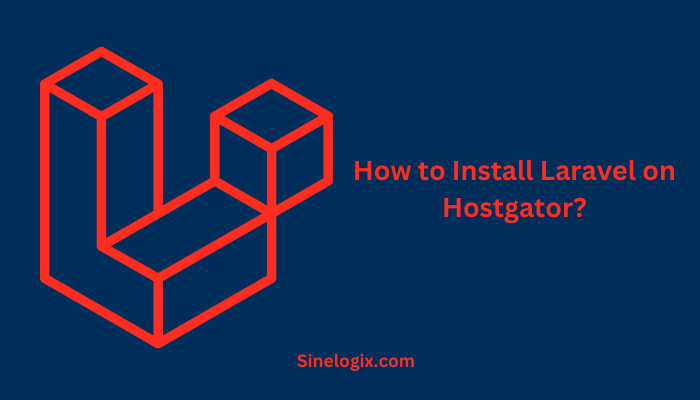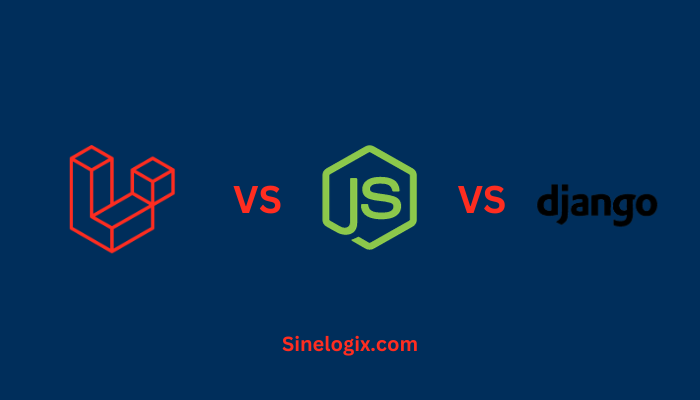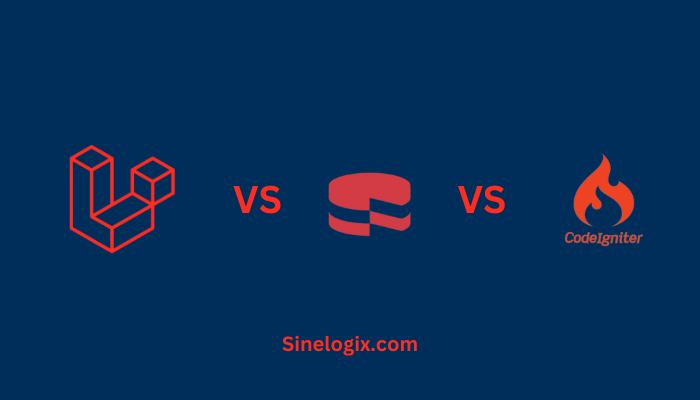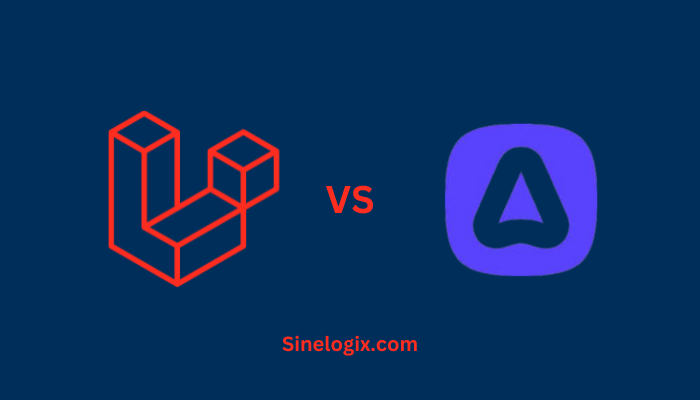HostGator, one of the leading web hosting providers, is a popular choice for hosting websites and web applications. If you’re a developer or business owner looking to build your web application using Laravel, you’ve made an excellent choice. Laravel is a robust and developer-friendly PHP framework known for its elegant syntax and powerful features. In this comprehensive guide, we’ll walk you through the steps to install Laravel on your HostGator hosting account, ensuring that you’re up and running quickly and smoothly.
Preparing for Laravel Installation
Before you start the installation process, there are a few prerequisites to consider:
A. A HostGator Hosting Account
Ensure you have a HostGator hosting account. If you don’t have one yet, you can sign up for a shared hosting or a VPS (Virtual Private Server) hosting plan, depending on your project’s requirements.
B. Secure Shell (SSH) Access
Make sure you have SSH access to your hosting account. This can usually be set up in your HostGator control panel. SSH is essential for running commands and managing your Laravel application efficiently.
C. PHP Version
Laravel requires PHP 7.3 or higher. HostGator typically supports multiple PHP versions, and you can change your PHP version using the control panel.
Creating a Database
A database is a crucial component of any web application. Laravel utilizes databases for storing and retrieving data. Here’s how to create a database for your Laravel project on HostGator:
- Log in to your HostGator cPanel.
- Under the “Databases” section, click on “MySQL Database Wizard.”
- Follow the wizard to create a new database and a user with the necessary permissions. Be sure to note down the database name, username, and password, as you’ll need them during the Laravel installation.
Setting Up Your HostGator Environment
Once your hosting account is ready and your database is set up, it’s time to prepare your HostGator environment for Laravel installation. Here are the steps:
A. Log in via SSH
Use your favorite SSH client to connect to your HostGator account. You’ll need to provide your username and password to access your server.
B. Navigate to Your Web Root
In most cases, the web root directory for your primary domain is public_html. Change your working directory to this location using the cd command.
cd public_html
Installing Composer
Composer is a dependency management tool for PHP, and Laravel heavily relies on it. To install Composer on HostGator, follow these steps:
A. Download Composer
Run the following command to download Composer:
php -r "copy('https://getcomposer.org/installer', 'composer-setup.php');"
B. Verify the Installer
To ensure the installer is genuine, download the latest Composer installer and verify it using the SHA-384 hash:
php -r "if (hash_file('sha384', 'composer-setup.php') === 'YOUR_SHA384_HASH') { echo 'Installer verified'; } else { echo 'Installer corrupt'; unlink('composer-setup.php'); } echo PHP_EOL;"
Replace ‘YOUR_SHA384_HASH’ with the actual hash you obtained from the Composer website.
C. Install Composer
Now, execute the installer to set up Composer globally on your server:
php composer-setup.php --install-dir=/usr/local/bin --filename=composer
D. Confirm Installation
Confirm that Composer is installed correctly by running:
composer --version
You should see the Composer version displayed.
Installing Laravel
With Composer in place, you can now install Laravel. Use Composer to create a new Laravel project:
composer create-project --prefer-dist laravel/laravel my-laravel-app
This command will download and install the latest version of Laravel in a directory named “my-laravel-app.” You can replace “my-laravel-app” with your preferred project name.
Configuring Laravel
Once Laravel is installed, you need to configure it to work with your HostGator environment:
A. Update .env File
Use your SSH client to navigate to your Laravel project directory:
cd my-laravel-app
Open the .env file and update the database connection settings with the details you noted down when creating the database:
DB_CONNECTION=mysql
DB_HOST=127.0.0.1
DB_PORT=3306
DB_DATABASE=your_database_name
DB_USERNAME=your_database_username
DB_PASSWORD=your_database_password
B. Generate Application Key
Run the following command to generate a unique application key:
php artisan key:generateDeploying Laravel on HostGator
Once you’ve completed the installation and initial configuration, you’ll likely want to deploy your Laravel application for public access. Here’s an overview of the steps involved in deploying your Laravel project on HostGator:
A. Configure Your Domain
To associate your Laravel application with your domain, you’ll need to configure the domain settings in your HostGator cPanel. This typically involves adding the domain and specifying the document root, which should point to the public directory of your Laravel project.
B. Upload Your Laravel Files
You can use SCP, SFTP, or other file transfer methods to upload your Laravel files to your HostGator server. Be sure to upload the entire project directory while preserving the directory structure.
C. Set File Permissions
Laravel requires specific file and folder permissions for various components to work correctly. Typically, you’ll need to set the permissions of the storage and bootstrap/cache directories. You can do this via SSH using the following commands:
chmod -R 775 storage
chmod -R 775 bootstrap/cache
D. Configure Environment Variables
Review your .env file to ensure that your application’s environment variables are correctly set for your production environment. Pay attention to database connection details, mail configuration, and any other environment-specific settings.
E. Set Up Your Database
If you haven’t already, import or create your database tables and seed data as needed for your application. Laravel’s Artisan command-line tool can be invaluable for managing your database tasks.
F. Test Your Application
Before making your application live, thoroughly test it to ensure that everything is functioning as expected. Check for any errors or issues that might have arisen during the deployment process.
G. Point Your Domain
Update your domain’s DNS settings to point to your HostGator server. This might involve changing the nameservers or adding DNS
Best Practices for Laravel Hosting
Now that your Laravel application is up and running on HostGator, let’s delve into some best practices to ensure the security, performance, and maintainability of your web application.
A. Regular Backups
Set up automated backups for your Laravel project and database. HostGator offers backup solutions, and it’s crucial to have a backup strategy in place to safeguard your data.
B. Security Measures
Implement security practices, such as using HTTPS with an SSL certificate, keeping your Laravel and server software up to date, and configuring strong passwords for your database and server access.
C. Use a Content Delivery Network (CDN)
Leverage a CDN to distribute your assets and improve the loading speed of your application. HostGator supports integration with popular CDNs.
D. Scaling Options
As your application grows, consider scaling options. HostGator provides scalability features, including VPS and dedicated hosting, to handle increased traffic and resource demands.
Troubleshooting Common Issues
During your Laravel journey on HostGator, you may encounter common issues. Here are some troubleshooting tips for resolving them:
A. Permission Issues
If you encounter permission-related problems, ensure that your file permissions are correctly set. The Laravel directories should be writable by the web server user.
B. Server Errors
Check your server error logs to identify and diagnose issues. You can access these logs via SSH or in your HostGator control panel.
C. Database Connection Errors
If you’re facing database connection errors, double-check your .env file for accuracy and ensure that your database server is running.
D. Performance Problems
Optimize your application’s performance by enabling caching, minimizing database queries, and leveraging tools like Laravel Telescope to identify bottlenecks.
Related Articles:
- How to Install Laravel on Wamp Server?
- How to Install Laravel on Hostinger?
- How To Install Laravel In Centos 7?
Conclusion
In this extensive guide, we’ve walked you through the entire process of installing Laravel on your HostGator hosting account, from the initial setup to configuring your Laravel application and deploying it. By following these steps and adhering to best practices, you can create and maintain a robust, secure, and high-performing web application.
Hosting Laravel on HostGator offers a reliable and flexible environment for your projects, whether you’re building a personal blog, an e-commerce site, or a complex web application. Remember that the Laravel community is vast, and you can always seek assistance from forums, documentation, and other resources when facing challenges.
As you continue to develop your Laravel application on HostGator, keep refining your skills, stay updated with Laravel’s latest features, and monitor your application’s performance and security. With dedication and continuous improvement, you’ll be well on your way to building exceptional web experiences on HostGator’s hosting platform. Happy coding!




